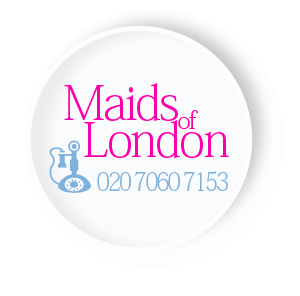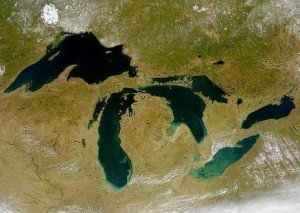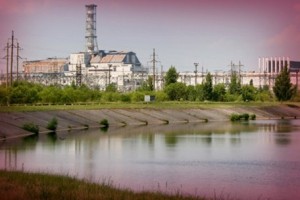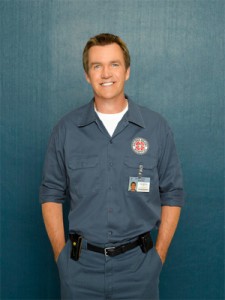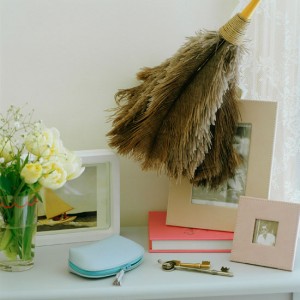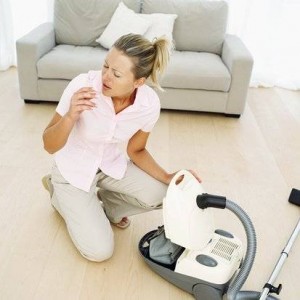Developed Countries Are Hiding Their CO2 Emissions

It looks like the developed countries have done their job controlling global-warming generation emissions. The results of research show a fall in greenhouse gases polluting in the recent years.
CO2 emissions were at a static level in the US for the last decade. In 2008-9, the greenhouse gas emissions were lowered. Last year revealed that UK homes are difficult to heat, but their CO2 emissions are 16% lower than in 1991, when they peaked.
Does that mean that they are on their way to meet the conditions they signed in Kyoto? According to a recent report in the Proceedings of the Academy of Natural Science (PNAS) – no. They looked in the problem of “emissions transfers” and the way they are counted by the new “carbon accountants”.
Recently, these countries have reported only the amount of greenhouse gas emissions within their jurisdiction. This way, accounting carbon-like emissions is made easier, and is the basis of all aims of the Kyoto Protocol.
The problem is elsewhere. There are countries that have fully moved their production in different countries, where labour is cheaper. They claim that they have reduced greenhouse gas emission greatly. The pollution seems to be from another country. This way, they don’t stop the production, but also exploit cheap labour and hide the pollution they’ve caused because of their overproduction, and the blame is pointed to someone else.
The report authors tried to put numbers on the size of the effect, using a new accounting standard – checking who ends up using the products and counting the emissions of the production towards their „environmental bills”. They found out that while the developed world thought its emissions stopped growing and even lowered, they have actually grown a lot. By 2008, the amount of CO2 emissions, which were exported, is much more than what they have committed to Kyoto – 1, 6 Gigatonnes.
This explains why, while lower emissions were reported, the global amount had continued to rise. The Kyoto solution won’t work and will inevitably fail- especially when only half of the world signed it. What we need is a global agreement, one which every country takes part of. Climate change seems inevitable and it seems that no solution presents itself. For now, CO2 emissions keep rising in amount while developed countries wash their hands with their poorer neighbours.
